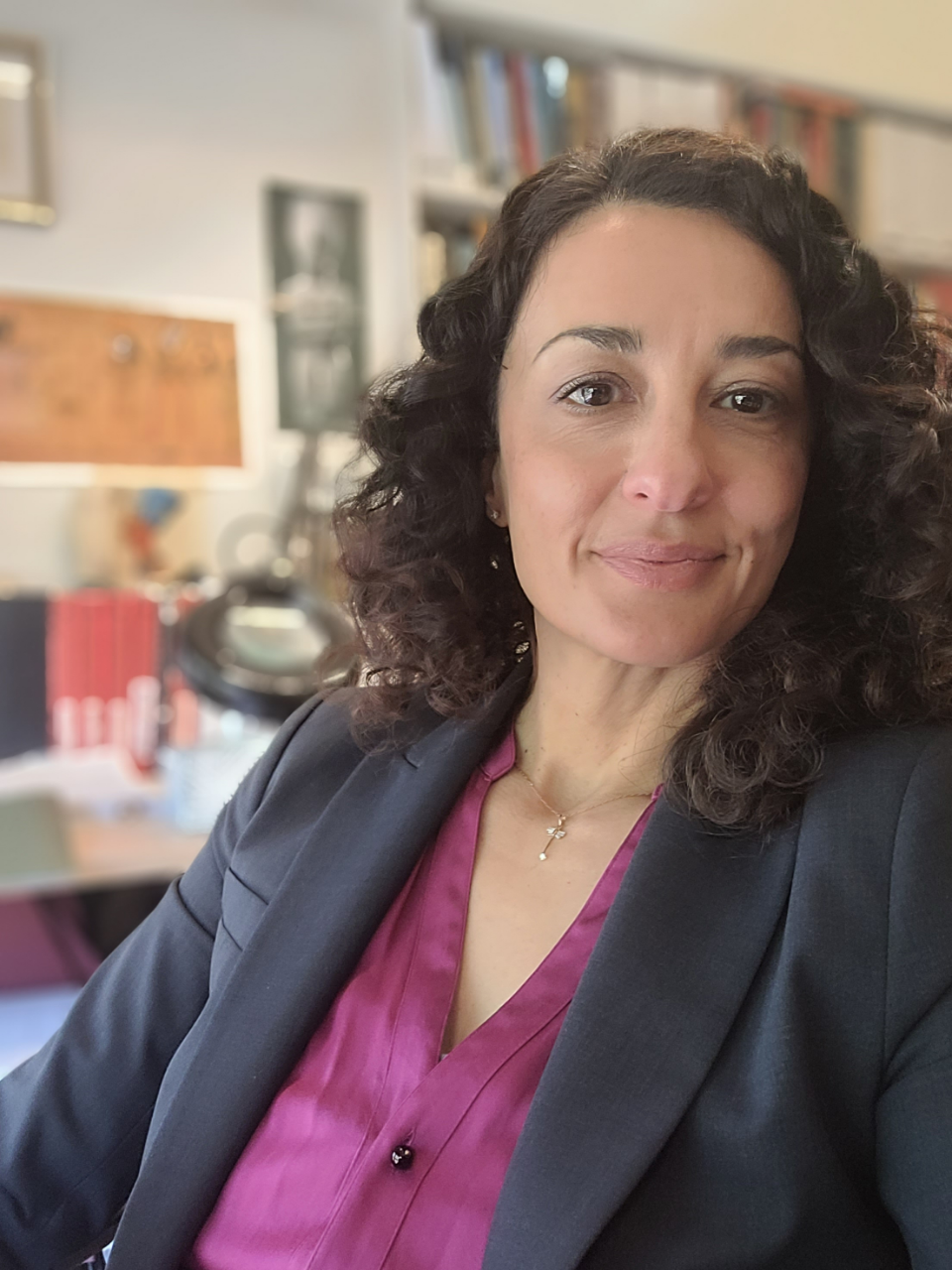Affiliation: University of Virginia

Dr. Anastasia Dakouri-Hild is an Associate Professor in Aegean and Near Eastern Art and Archaeology at the University of Virginia. She holds degrees in Greek Archaeology from the University of Durham (M.A.) and Archaeology and Art History from the National and Kapodistrian University of Athens, and Ph.D in Classical Archaeology from the University of Cambridge.
The talk presents the results of the Kotroni Archaeological Survey (2019-2023) at the site of ancient Aphidna, one of the constitutional demes of ancient Athens and a mythical landscape associated with the Athenian hero Theseus. Based on a variety of analyses and data sources, the diachronic cultural development of this primordial landscape is reconstructed for the first time. The lecture presents the combined outcomes of remote sensing, geo-archaeology, geophysics, and intensive survey, new evidence for habitation and economic activity within the immediate catchment area of the citadel, as well as several new sites dating from prehistory through the Ottoman era discovered during the survey. The significance of combining digital inquiry with standard field practices employing a multimodal methodology is showcased as an effective means to document landscape characteristics, guide field work, and support rich archaeological interpretation of landscapes both in and outside the field.
The talk discusses the complex interrelationship between ancient Egypt and Nubia based on a new planned exhibition slated to open at the University of Virginia. Beyond merely acknowledging the geographical position of ancient Egypt on the African continent, the lecture examines the extent to which Egypt was of Africa culturally, first by scrutinizing the categories of ‘Egypt’ and ‘Nubia’ and the connections between material and visual culture and identity. Subsequently it utilizes key artifacts in US collections as case studies to tell the story of this interaction anew, fleshing out the rich and complex rapport between Egypt and Nubia over the course of several millennia, from prehistory (ca. 3800 BCE) through pharaonic Meroe (350 CE). In the process, the lecture also highlights the importance as well as the limitations of using visual culture to articulate/construct and understand/read ancient identities.
This talk examines the concept of artistic creativity in the context of the Mycenaean ornamental industries, combining neurocognitive insights with empirical field observations on workshop material. It is argued that this highly regulated Mycenaean art form is ideally suited for exploring the topic creativity by virtue of the complex materiality of produced objects, the reductive nature of relevant work which permitted ludic experimentation, and their close association with elite identities requiring ‘bespoke’ and extraordinary products. The talk traces down the material correlates of Mycenaean creative minds, identifying possible divergent and original thinking at work on the physical artifacts in workshop assemblages. The lecture also asks whether visual and iconographic variety contributed to the multi sensorial experience, social functioning, symbolic resonances, and overall desirability of elite goods produced by these industries.